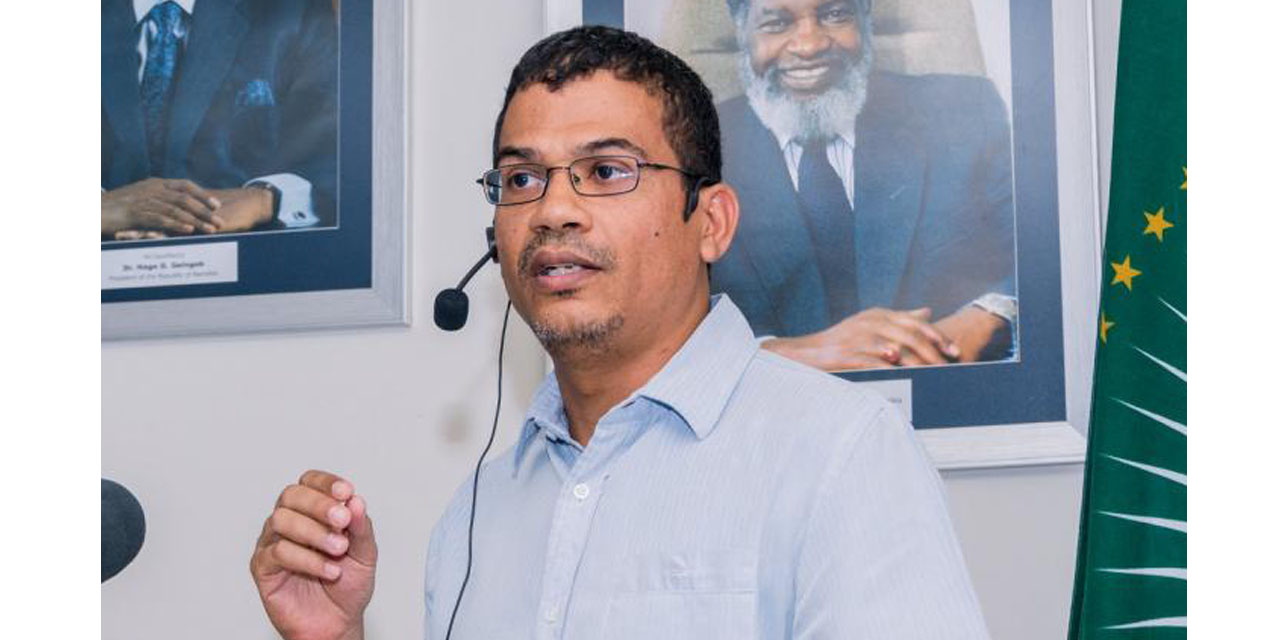Niël terblanché
The Stampriet Aquifer Uranium Mining Association (SAUMA) Management Committee has penned an urgent open letter addressed to key stakeholders, including Members of Cabinet, Members of Parliament, Standing Committees, Regional Governors, Councilors, Traditional Authorities, and the Namibian public.
SAUMA expressed deep concerns regarding the proposed In Situ Leach Mining of Uranium in the Stampriet Artesian Basin, situated in southeastern Namibia.
At the heart of SAUMA’s concerns is the potential environmental and public health impact of uranium mining in an area that relies solely on drinkable groundwater for survival.
The Stampriet Artesian Basin, nestled beneath the Kalahari dunes of southeastern Namibia, has long served as a crucial farming region, sustaining both human and animal life.
While the groundwater in the basin has been deemed safe for human consumption, recent discoveries of uranium in the main underground, artesian aquifer have raised alarming questions.
In situ leach mining, the proposed method for extracting uranium, involves the injection of sulfuric acid and other chemicals into boreholes within the uranium orebody.
This process dissolves the uranium into the water, and the uranium-laden water is subsequently pumped out for recovery.
The significant issue arises when considering the composition of the leach solution, which contains dangerously high concentrations of dissolved uranium, well above the World Health Organization’s (WHO) safe drinking water guideline.
In situ leaching mines consist of thousands of injection and production boreholes spread across extensive areas, sometimes exceeding 1,000 hectares.
Presently, exploration licenses for uranium cover 53 percent of the Stampriet Artesian Basin, putting the quality of drinking water in the region at imminent risk.
Furthermore, in situ leach mining has the potential to contaminate neighbouring aquifers, as well as water sources that extend into Botswana and South Africa.
This contamination could lead to international legal disputes and substantial compensation claims against the Namibian government.
As a member of the United Nations, Namibia is bound by international conventions and resolutions on transboundary issues.
Reports of pollution caused by in situ leach mining would not only impact the nation’s reputation but also threaten tourism and agriculture, significantly affecting the country’s economy.
An Environmental Impact Assessment (EIA) has recently concluded a four-year in situ leaching pilot plant test mining of uranium in the Stampriet Artesian Basin.
If approved, this could be the first step toward compromising the underground drinking water of the entire basin, potentially resulting in a national catastrophe.
In their open letter, SAUMA urgently requests a thorough evaluation of the proposed in situ leach mining’s environmental, social, and economic impacts.
They emphasize that international best practices, such as the Australian Best Practice Guide for in situ leach mines, do not permit uranium exploration and mining in aquifers of drinking water quality.
They assert that mining of any kind must be prohibited in the Stampriet Artesian Basin.
SAUMA concluded their letter with a powerful message, asserting that “water is life,” and the legacy of Namibia must prioritize the health, safety, and well-being of future generations.




